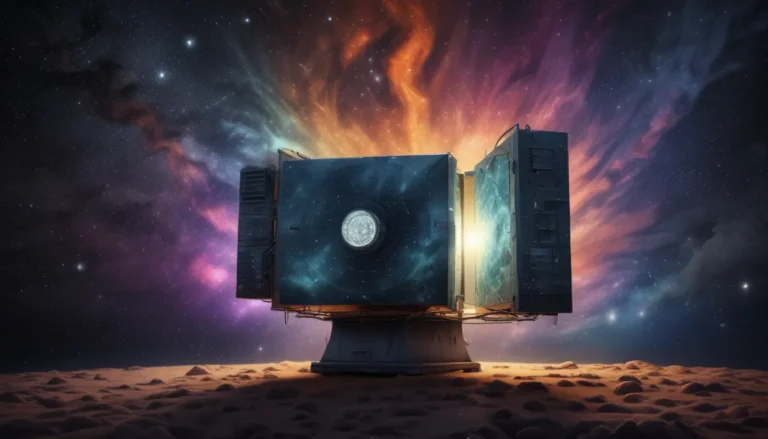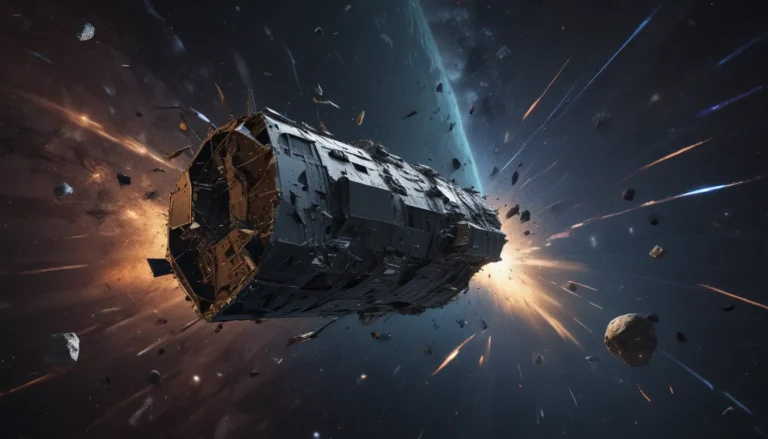The pictures we use in our articles might not show exactly what the words say. We choose these pictures to make you interested in reading more. The pictures work together with the words but don’t take their place. The words still tell you the important facts.
Welcome to a journey through the enigmatic world of elliptical galaxies, where mystery and beauty collide in the vastness of space. In this article, we will explore the captivating realm of elliptical galaxies, shedding light on their distinctive features, formation, and their significance in the cosmic tapestry. Join us as we unravel the secrets of these majestic cosmic structures and embark on a cosmic adventure like no other.
The Enigmatic Shape of Elliptical Galaxies
At the heart of elliptical galaxies lies their distinctive shape, characterized by an elongated elliptical form. Ranging from nearly spherical to highly elongated ellipsoids, these galaxies lack the spiral arms commonly found in spiral galaxies. Their smooth and featureless appearance gives them a more spherical or ellipsoidal shape, setting them apart in the cosmic landscape.
The Stellar Tapestry of Elliptical Galaxies
Within the boundaries of elliptical galaxies lies a tapestry of stars, primarily composed of older stellar populations. Unlike spiral galaxies that boast young, hot blue stars, elliptical galaxies house stars that are older and redder, reflecting their advanced stage of evolution. This unique blend of stars contributes to the distinct nature of elliptical galaxies, marking them as monuments of cosmic history.
Exploring the Vast Sizes of Elliptical Galaxies
From dwarfs to giants, elliptical galaxies come in a wide range of sizes, spanning from a few thousand light-years to several hundred thousand light-years in diameter. This vast size diversity highlights the varied nature of these cosmic entities, each with its own story to tell within the cosmic expanse.
Delving into Stellar Densities
One of the defining features of elliptical galaxies is their higher stellar densities at the center compared to their outer regions. The concentration of stars creates a dense core known as the galactic bulge, a central feature that shapes the overall structure of these galaxies. This dense core sets elliptical galaxies apart from their spiral counterparts, adding to their allure and mystery.
Revisiting the Formation of Elliptical Galaxies
Many elliptical galaxies are believed to have originated from galactic collisions and mergers. When two or more galaxies collide, their gravitational interactions can disrupt their structures, ultimately leading to the formation of an elliptical galaxy. This chaotic dance of galaxies has given birth to some of the most striking cosmic structures we observe today, showcasing the dynamic nature of our universe.
Peering into the Age of Elliptical Galaxies
Astronomers often turn to elliptical galaxies as cosmic age indicators, providing valuable insights into the age of the universe. By analyzing their stellar populations and properties, astronomers can estimate the age of these galaxies, unraveling the mysteries of the cosmic timeline. Through the study of elliptical galaxies, we gain a deeper understanding of the vast history of our cosmos and the stories written in the stars.
Unraveling the Mysteries of Supermassive Black Holes
Central to many elliptical galaxies are supermassive black holes, entities with masses millions or even billions of times greater than our sun. These black holes play a crucial role in shaping the evolution of galaxies, influencing their surrounding environments and leaving a mark on the cosmic landscape. Their presence within elliptical galaxies adds another layer of intrigue to these enigmatic cosmic structures, sparking new questions and avenues of exploration.
Witnessing Galactic Cannibalism in Action
Elliptical galaxies are known for their tendency to engage in galactic cannibalism, where they absorb smaller neighboring galaxies through gravitational interactions. This process of engulfing and assimilating smaller galaxies allows elliptical galaxies to grow in size over time, expanding their cosmic footprint and altering their composition. Galactic cannibalism exemplifies the dynamic nature of the universe, showcasing the ever-changing interactions between cosmic entities.
Unveiling Stellar Velocity Dispersion in Elliptical Galaxies
Elliptical galaxies exhibit high stellar velocity dispersion, with stars moving at varying speeds in random directions. This chaotic motion contrasts with the more orderly rotation seen in spiral galaxies, adding to the complex nature of elliptical galaxies. The unpredictable dance of stars within these galaxies contributes to their dynamic and ever-evolving nature, painting a picture of cosmic motion and interaction.
Journeying Through the Realm of Elliptical Galaxies
As we traverse the cosmic expanse, elliptical galaxies stand as silent witnesses to the cosmic drama unfolding before our eyes. Their unique features, intriguing formation mechanisms, and role in the larger cosmic web continue to captivate astronomers and space enthusiasts worldwide. Through the exploration and study of elliptical galaxies, we uncover new insights into the secrets of the universe, inspiring curiosity and wonder in the hearts of all who gaze upon their majestic beauty.
Exploring the Universe with Elliptical Galaxies
In conclusion, elliptical galaxies offer a gateway to the wonders of the cosmos, inviting us to explore the mysteries of space and time. As we unravel the secrets hidden within these cosmic entities, we embark on a journey of discovery, curiosity, and awe. By delving into the enigmatic realm of elliptical galaxies, we broaden our horizons, expanding our understanding of the universe and our place within it. Let us continue to gaze upon the stars, marvel at the cosmic tapestry unfolding before us, and embrace the boundless possibilities of the universe.






